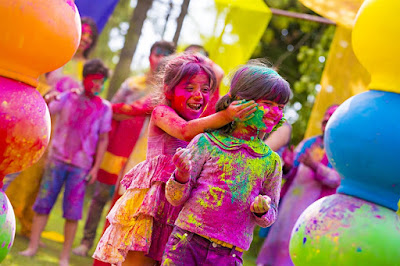After 2 years, the month-long famous Budhi Thakurani Yatra festival will be held in Berhampur, Odisha. It is one of the biggest festivals of Berhampur town in Odisha. She is the presiding deity of Silk city.
As per Tradition Desibehera P. Durgaprasad, traditional head of this festival, celebrations will start from March 29 and continue for 32 days.
 |
| Maa Budhi Thakurani |
Thakurani Jatra festival
The Month Long biennial (every two years) festival of Goddess Budhi Thakurani began here on Friday in the city of Berhampur (the silk city), Odisha. It also is known as Ghata Yatra.
A sea of devotees come to Silk City to participate in the festival of the deity.
It marks worship of Goddess Buddhi Thakurani who is considered the protector of Behrampur.
Goddess Buddhi Thakurani is a traditional deity of silk handloom weavers or Dera community of Berhampur. Deras weaver community worship the goddess Budhi Thakurani.
As per tradition and rituals, during the festival time, Durga Prasad Desibehera and his wife reached the main Temple to invite the Goddess to the temporary abode.
The yatra started late on Friday with all rituals. He bought a flower, considered as a mark of permission of the Goddess and placed it on Kalash(Ghatam) along with eight other ghatams at the temporary abode kicking of the yatra.
Idol of the goddess is taken out in procession to different streets to facilitate residents worship her at their own doorsteps.
Everywhere devotional atmosphere, devotees are dressed up as mythological characters from the Mahabharata and Ramayana.
They move around the city on foot, bicycles, rickshaws, etc. Children below five years dress up as these characters.
Due to history, the first Thakurani Yatra celebrated in 1779 when the Dera(weavers) community of the city and their head Desibehera played a major role.
The Dera community is originally from Andhra Pradesh and king of Mahuri Kingdom Narendra Dev had got settled in Berhampur. The King was too much impressed by their weaving skills on Silk saree and later Berhampur became famous for its Silk saree and named the place as Silk City.






